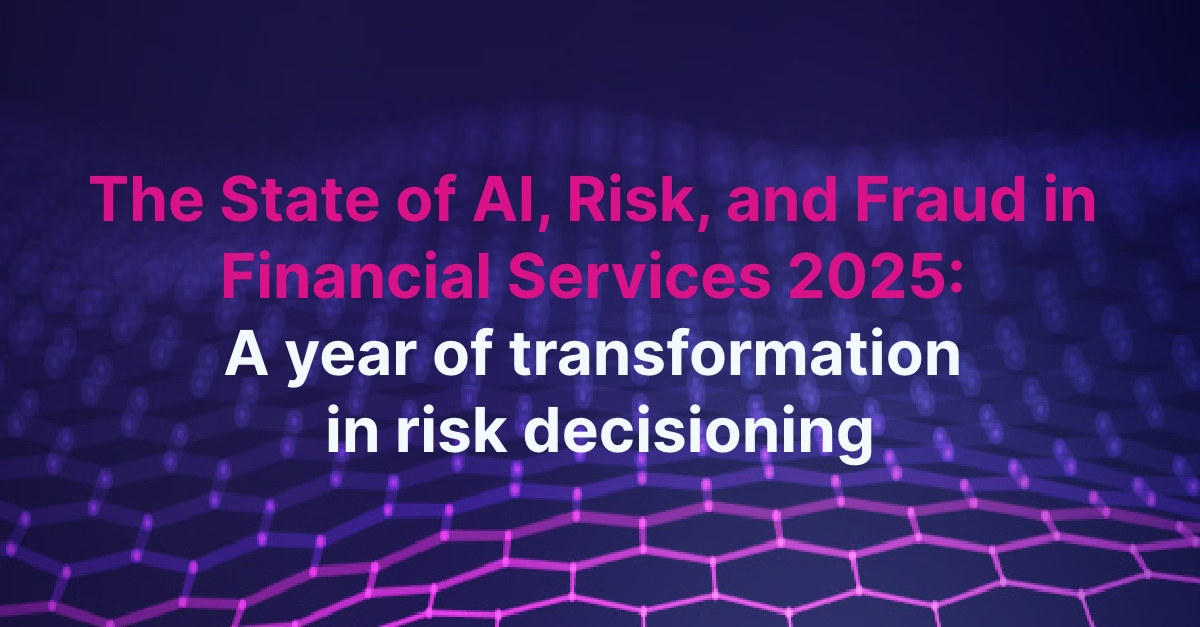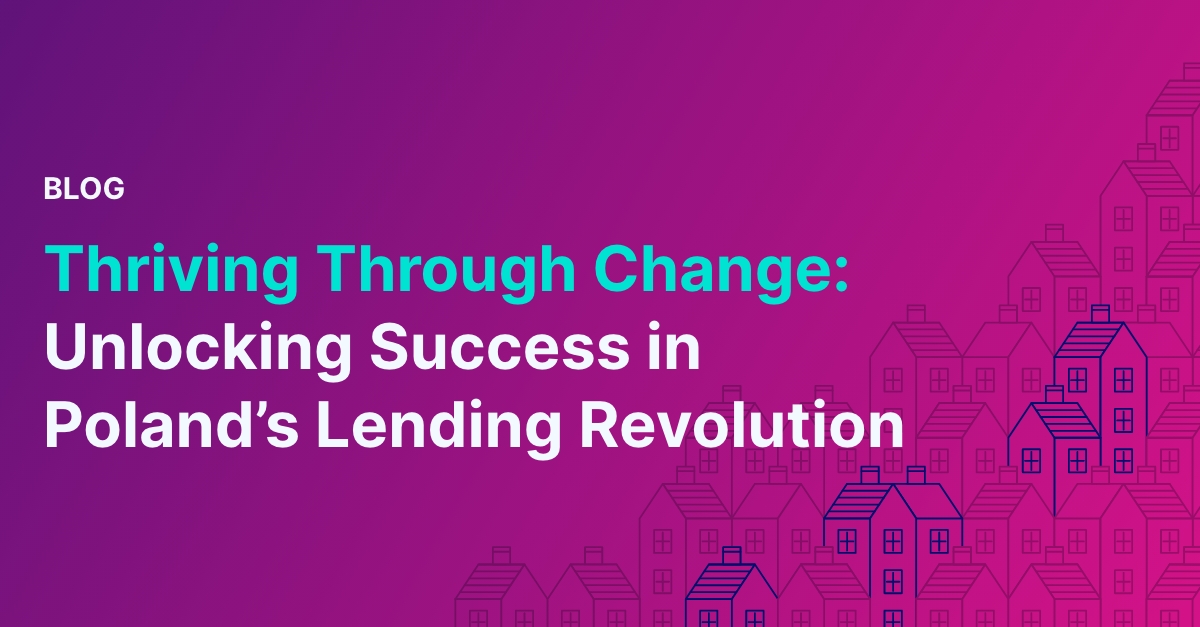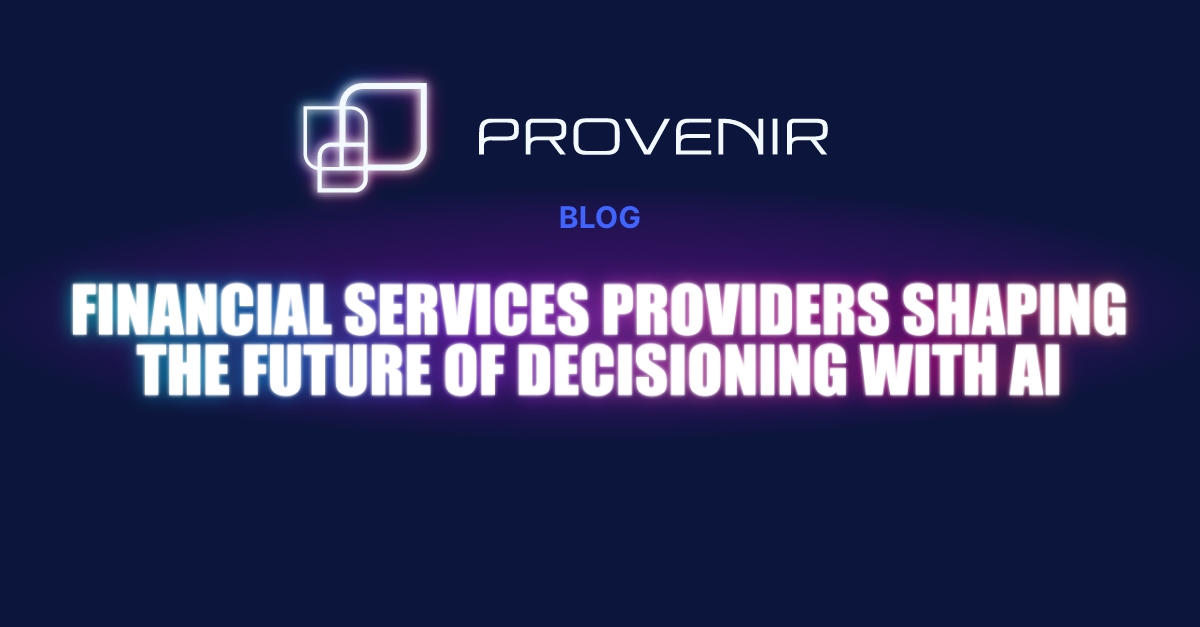BLOG
The Next-Generation
Collections Model

Enabled by Advanced Analytics
The economic environment is changing, and your organization needs to adapt to remain competitive. Financial institutions, energy, telcom, auto, utilities, and retail finance companies have each recognized the need to build a new collections model that utilizes advanced analytics and outcomes to drive processes, rather than simply relying on static info like days past due.
Unfortunately, the collections industry has been relatively slow to embrace new techniques in analytics compared to other areas of organizations (i.e. like loan origination) yet nearly 30% of Americans have at least one debt currently in collections. Investment in the collections process is often overlooked in favor of projects that aim to grow the customer base. However, with consumer debt levels returning to 2008 recession levels (total household debt in the United States rose by $148 billion in Q1 2023, totalling $17.05 trillion) and the threat of another recession on the horizon, collections centers are finally getting the attention they deserve. In this blog, we’ll look at the new technologies available, how they impact the process, and ways to utilize new tech to stay ahead of your competition.
The new collections model needs to focus on analytics and new technologies, which were unavailable during the last downturn. If you’re a risk manager, it’s important to ensure that your organization is prepared to manage economic uncertainty. Embracing advanced analytics and outcomes-driven processes can help your organization stay ahead of the curve and maintain a competitive edge. Implement a new model that is optimized for success – and ensure your organization won’t fall behind.
Customer segmentation can also be improved, capturing a more holistic view of the delinquent customer. This includes their ability and willingness to pay, intent to pay, and contact channel preference. Driven by analytics, this new approach determines the best possible treatment strategy, the ideal way to communicate, and the optimal moment to make contact. By matching the most appropriate forbearance strategy for each customer and communicating via their preferred channel, financial institutions can optimize both the customer experience and the cost to collect.
For the past 30 years, traditional collections processes have heavily relied on behavior scoring, days past due, and balance to prioritize outbound call strategies. However, this approach is no longer sufficient in today’s market. Advanced analytics can enable the development of more effective collection strategies by providing finer segmentation and a wider variety of customer contact possibilities. This creates a more diverse suite of channels for customer communication, which improves customer experience and provides a greater degree of control in lender-customer interactions. This shift marks a dramatic change from the traditional collections process, which relies on static classifications like days past due or risk scores to drive decision-making. By adopting a more dynamic approach that focuses on outcomes and response propensity, lenders can provide more individualized treatments that better reflect customer preferences and circumstances.
Above all else, using advanced analytics and tech advancements like artificial intelligence and machine learning enables financial institutions to migrate to a deeper, more informed treatment of their at-risk customers. By learning from previous collections activities, the assignment of treatments becomes more fine-tuned and effective over time, generating considerable efficiencies while enhancing the overall customer experience.
- On-us behavioral data includes the customer’s payment history, delinquency history, and returned checks, among other attributes.
- Off-us behavioral data involves third-party data sources that provide insights into a customer’s financial obligations and commitments, as well as updates on their behavior based on almost real-time updates.
- Previous contact history data is critical in learning from previous contact attempts and modifying the treatment approach accordingly.
- Socio-demographic data can be used to build customer profiles to assist in selecting the appropriate channel of communication.
- Prioritization of Debtors: Use machine learning algorithms to analyze payment history, financial status and other data to immediately predict likelihood of default or late payment and allows you to prioritize collection efforts to improve efficiency and effectiveness.
- Personalized Collection Strategies: As mentioned above, tailored treatment strategies mean more effective outcomes and higher recovery rates.
- Real-Time Decision Making: Making decisions in real-time allows you to move quickly and adjust collection strategies as new data becomes available.
- Reduced Operational Costs: Limit the need for manual work and enable 24/7 operations without additional staffing costs, thanks to automation of decisions, real-time data integration, and machine learning optimizations.
- Improved Compliance: Automated risk decisioning processes, for collections or otherwise, can be programmed to follow relevant regulations and policies (allowing for regional differences too), and reduces the risk of non-compliance.
- Enhanced Customer Experience: No one enjoys the collections process, but as previously discussed, the more personal, respectful, and appropriate the treatment strategy, the more easily you can preserve the customer relationship.







